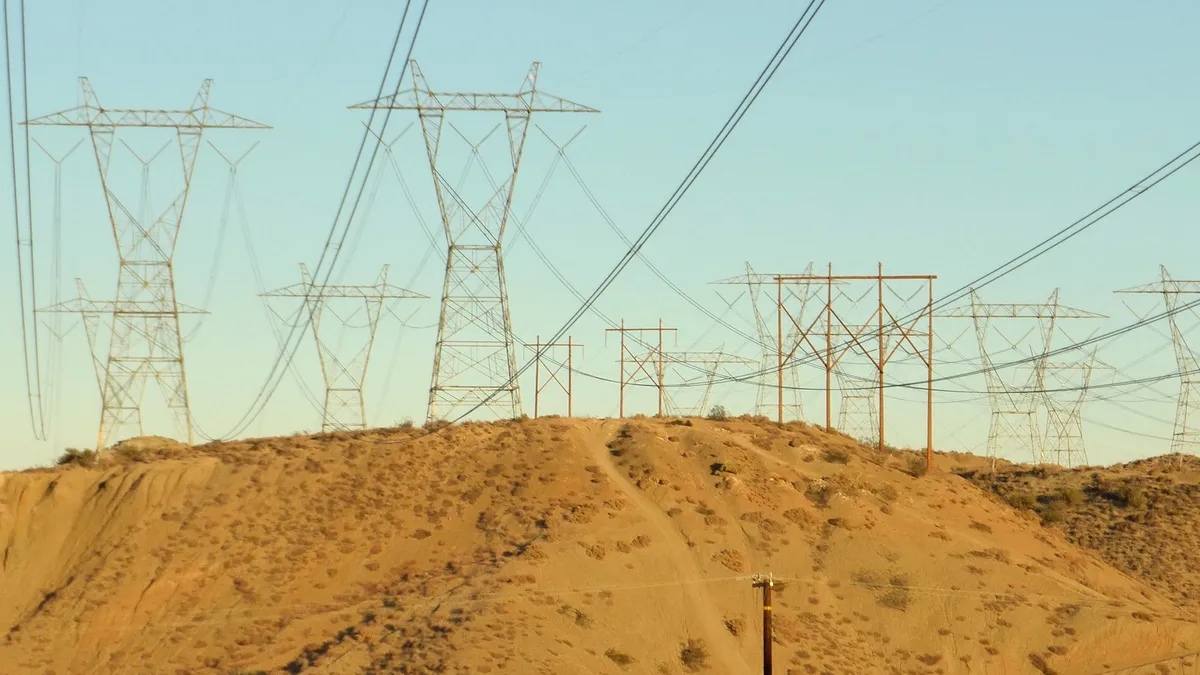The following is a contributed article by Nicole Hughes, executive director of Renewable Northwest.
Energy market governance is a hot topic in the West these days. The term causes many to roll their eyes and think of images of lawyers hashing it out over commas and semicolons in operating agreements. For others, myself included, the term signifies that an issue has reached a crucial point where formal discussions regarding decision-making processes are necessary.
We have officially achieved this point in the Northwest where utilities, state agencies and other stakeholders are discussing what the most appropriate governance structure for a regional energy market in the West should look like. The first entity to take on the challenge of coming to a "regional agreement" on governance was the Western Power Pool related to their newly formed Western Resource Adequacy Program (WRAP). The WRAP has a proposed governance structure that will be formally filed with FERC for approval in June.
While not officially endorsed by FERC yet, the committees envisioned in the proposed governance structure have been created and are meeting regularly. These committees include: a members committee (resource adequacy participants committee, or RAPC), a sector-based program review committee (PRC), and a sector-based nominating committee. The nominating committee has the difficult job of electing five new board members (one existing WPP board member will carry over) by the end of this year. The sectors represented in the WRAP include a broad group of "impacted stakeholders" and are similar to the sector representation in the CAISO Energy Imbalance Market (EIM).
The influence this elected independent board will have on future market evolution cannot be understated. The program has a very broad base of members from nine Western states and one Canadian province. There is significant overlap with WRAP members and representation in the Western Market Exploratory Group, a group of utilities formed to evaluate regional market options in the West. Many of the organizations in the WRAP are also members of the CAISO EIM and participate in the workgroups focused on development of the Southwest Power Pool’s Markets+ offering and CAISO’s Extended Day-Ahead initiative (EDAM).
The proposed governance structure of the WRAP went through significant scrutiny by state regulators and public interest organizations like Renewable NW, and was developed to meet the diverse needs of several investor-owned utilities and consumer-owned utilities across the West, as well as the Bonneville Power Administration. The proposal is adequate for the needs of the region to govern how capacity resources are shared among utilities in the region. That said, any evolution of this program or other programs to include market options such as a day-ahead market or a unified transmission tariff will require reconsideration of the structure.
It is a collective goal of many in the region that the West realizes a fully integrated regional wholesale electricity market in the near future. In order to achieve this goal, a governance solution that meets the needs of not just the paying market participants (utilities), but those of states, independent power producers, public interest organizations and consumers must be prioritized. We must ensure that the benefits of the market flow to the entire region and this can only happen if the broadest stakeholder participation opportunities exist in the governance structure.
The governance structure that oversees the future western regional wholesale electricity market (or markets) must be governed by an independent board of directors. How we determine independence means more than just achieving the independence definition provided by FERC. It includes the way in which the governing body and the senior-most committees within the market are organized, how directors are elected, who can participate in the decision-making process, and how decisions flow through the governance structure.
To start, any board that ultimately oversees a full regional market must be made up of a governing body whose members are elected by a nominating committee representative of all stakeholders impacted by that market. Next, a regional market must maintain a diverse stakeholder presence in the most senior committee below the board. In the WRAP, the most senior committee below the board is the RAPC. This committee is not representative of the entire set of stakeholders impacted by the market.
For the purposes of the WRAP, most stakeholders eventually accepted the position of the RAPC in the governance structure, given the limited scope of the board. There are enough checks and balances within the proposed flow of information and decision making between the RAPC and the PRC, which is made up of broad stakeholder representatives, to give comfort to stakeholders that proposals from the RAPC to the board will almost always have input from the PRC prior to elevation to the board.
However, such a structure in a full regional market will not be considered acceptable to many stakeholders engaged in market development in the Northwest. Finally, the process to develop this governance structure must include input from a wide range of stakeholders with equal access to information and meaningful participation in the decision-making process. From the largest utility to the smallest non-profit, all voices should be heard and all proposals should be considered.
The West is currently pursuing incremental steps to develop a fully integrated regional market. We cannot, however, incrementally add new market features until we achieve our goal of full integration without first talking about how that "end goal" market will be governed. We must establish expectations around a fully inclusive governance structure today for any and all additional regional market offerings considered tomorrow.
The time has come to consider what the West needs for governance in a regional energy market, and the conversation must be inclusive of all stakeholder views. As coined by FERC Commissioner Allison Clements, we need a Western market "designed by Westerners for Westerners."





















